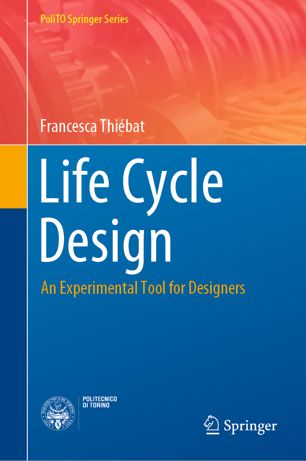

Most ebook files are in PDF format, so you can easily read them using various software such as Foxit Reader or directly on the Google Chrome browser.
Some ebook files are released by publishers in other formats such as .awz, .mobi, .epub, .fb2, etc. You may need to install specific software to read these formats on mobile/PC, such as Calibre.
Please read the tutorial at this link: https://ebookbell.com/faq
We offer FREE conversion to the popular formats you request; however, this may take some time. Therefore, right after payment, please email us, and we will try to provide the service as quickly as possible.
For some exceptional file formats or broken links (if any), please refrain from opening any disputes. Instead, email us first, and we will try to assist within a maximum of 6 hours.
EbookBell Team

4.3
68 reviewsThis book proposes an economic and environmental assessment tool to help private and public building designers and owners determine the global sustainability value of green buildings from a life cycle perspective. As it demonstrates, sustainable life cycle tools for building design and construction can help to achieve successfully integrated architecture. The first part of the book defines the relationship between environmental and economic aspects in a sustainable design approach and illustrates how life cycle methodologies, including Life Cycle Assessment and Life Cycle Costing, can be applied to life cycle design. Further, it highlights methods for calculating costs from LCA data, taking into consideration both discounted cash flow and external costs. In turn, the second part of the book presents an experimental design model, the Life Cycle Design Model (LCDM), which is based on a life cycle design approach that can be used to produce two different outcomes based on two assessment levels. The first assessment level involves creating a grid, called a Design Matrix, which is useful in the design process. The second assessment level involves drawing on LCA and LCC results to develop a user-friendly tool for designers and other actors involved in the building process so that they can assess the most sustainable design option using €CO, a factor that combines the environmental and energy effects of the building system with time and costs. Selected case studies illustrate the practical application of life cycle analysis and show how reflecting the environmental impacts and costs can improve the sustainability of buildings. The LCDM represents a transdisciplinary tool for the design team and, at the same time, allows information on users’ needs and building performance to be communicated between experts and non-experts.